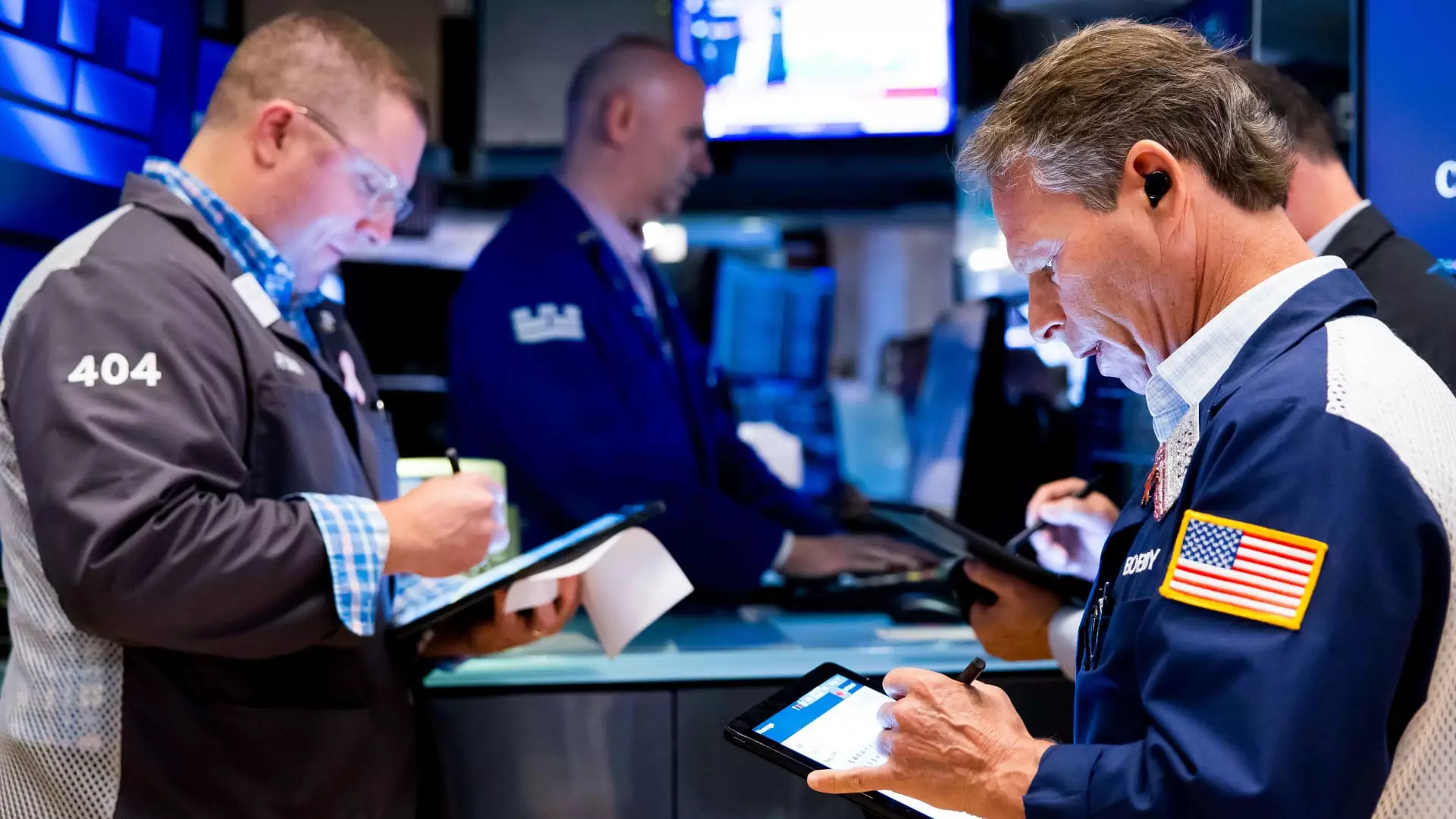The recent surge in U.S. stock markets, reaching unprecedented highs, sparks both awe and suspicion. This relentless climbing trend suggests an unwavering confidence in the economy’s resilience. Yet, beneath the surface lies a paradox: underlying economic signals sometimes contradict the exuberance. While employment figures appear robust, the reality is more nuanced; the labor market’s recent slowdown in private payrolls hints at cracks forming beneath the glossy veneer of growth. It’s an easy narrative to celebrate record highs, but an enlightened observer must recognize that these gains are built on a fragile foundation of borrowed optimism and policy manipulation.
The Flawed Narrative of Resilience Amid Economic Uncertainty
The surge in the stock market following a strong jobs report seems to validate the notion that the U.S. economy is weathering shocks well. However, this triumphalism ignores the discordant signals. For instance, the decline in private payrolls reported just a day prior suggests that the economic environment is more fragile than a cursory glance at the markets might imply. It becomes apparent that the markets have become increasingly detached from economic realities, buoyed perhaps by the Federal Reserve’s promise to maintain easy monetary policy, regardless of mounting financial risks. This disconnect raises essential questions about whether the rally is a genuine reflection of health or mere market manipulation fueled by monetary easing.
The Political Climate and its Role in Market Performance
The political landscape plays an outsized role in shaping market sentiment, and recent developments underscore this reality. President Trump’s aggressive trade stance, exemplified by the U.S.-Vietnam trade agreement, injects a layer of uncertainty that the markets seem willing to overlook—at least for now. The looming threat of tariffs and trade disputes is a double-edged sword: it could either puncture the bubble of optimism or be absorbed as part of the new normal. The market’s anticipation of future trade deals, despite the potential for confrontation, illustrates a dangerous complacency. It’s as if investors are blindly betting on smooth political resolutions, even when evidence suggests that negotiations could turn sour, damaging sectors and destabilizing the fragile rally.
The Inconsistent Signals from Economic Policy and Data
Federal Reserve policies and government decisions are essential drivers of market confidence, yet they carry inherent risks. The recent indication that rates will remain steady through July and possibly beyond reveals a mixture of relief and apprehension. While high expectations for rate stabilization appeal to investors seeking stability, they also conceal deeper vulnerabilities—namely, a lack of structural reforms and a reliance on monetary policy to sustain growth. Furthermore, the rolling out of major legislative efforts, like the tax-incentive bill, demonstrates a government eager to present an optimistic front, often ignoring underlying issues such as mounting debt and income inequality. This approach risks inflating a market that is overly dependent on government tinkering rather than organic growth.
The Market’s Dangerous Allure: A Cautionary Reflection
At this moment, it feels as though traders and policymakers are caught in a cycle of wishful thinking. Record highs serve more as a testament to the power of narrative than the health of the economy itself. The optimism surrounding trade negotiations, employment figures, and legislative victories creates a seductive illusion of progress, but this is a mirage sustained by short-term boosts rather than long-term fundamentals. The market’s resilience appears more like a house of cards, vulnerable to the slightest wobble caused by geopolitical flare-ups or internal economic discord. For those willing to look beyond the headlines, the risk is apparent: the economy’s apparent strength may not withstand the turbulence that lies ahead, and the current rally might be a fragile buoy riding a sea of complacency.


Leave a Reply